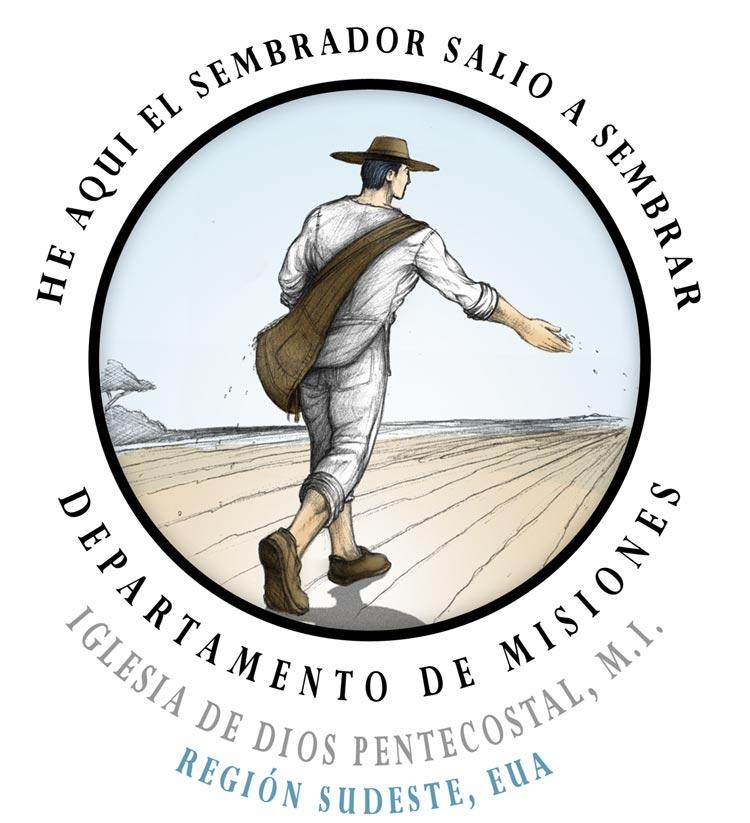
BY ST. JOHN BARNED-SMITH In Paraguay, there are 230 Peace Corps volunteers, ma o meno. That group is expected to rise to 300 or so in the coming year as Pres. Obama is pumping a lot more money into the agency as a whole. Peace Corps in Paraguay is also one of the biggest programs in the country — only Ukraine has more volunteers. Within the 230, 49 are in my “G” or training group. We will be working in three different sectors — Health and Sanitation (mine), Early Education, and Urban Youth. The Health and Sanitation group has about half of that 49. It was then split in half. About half of them live in a compania (unincorporated township) about six kilometers away from my group.
Peace Corps volunteers work in sustainable development. Now, I was an English major, so development peeps might differ on this definition, but essentially, development works in two ways — physical assistance, and more difficult to quantify development work that we will be doing. Essentially, we’re going to be working with interested parties to help them gather the resources to execute projects THEY want completed. That might mean giving nutrition presentations to women’s committees to try to get more veggies into local diets, it might mean working with a local governmental group to get money to build brick ovens, or it could mean teaching self-esteem and life-planning classes to high school students. It also means teaching or developing leaders for said projects so they will continue, if necessary, once we are gone. What it DOESN’T mean is contacting some random church or aid agency and asking for something that will be useless once it breaks in five years and possibly leave the community worse off and dependent.
The physical projects might include building those brick ovens, latrines, or wells. We had a tech overnight class, and my group pulled a tree trunk out of a natural spring. It had been there for 20 years or so, serving as an ad hoc pipe. We dug down to clay and built a brocal (sort of like a well) instead. In our week long project week, my group visited a departmento (state) called Misiones in southern Paraguay. Its a beautiful site, with hills and rivers, and incredible thunderstorms. While we were there, we gave several charlas (presentations) at the primary school. Sara and I taught a class on nutrition and then on identity. We did this activity called “Personal Flag,” which helps kids identify how they are unique and how each has specific interests andl ideals. It might sound silly, but its not, and its a great way to lead forward into talking about values, which leads to relationships, which leads to sex ed, which leads to AIDS awareness and prevention. MORE
EDITOR’S NOTE: Phawker South American Bureau chief Saint John Barned-Smith just started a two-year hitch in the Peace Corps teaching English in rural Paraguay.
